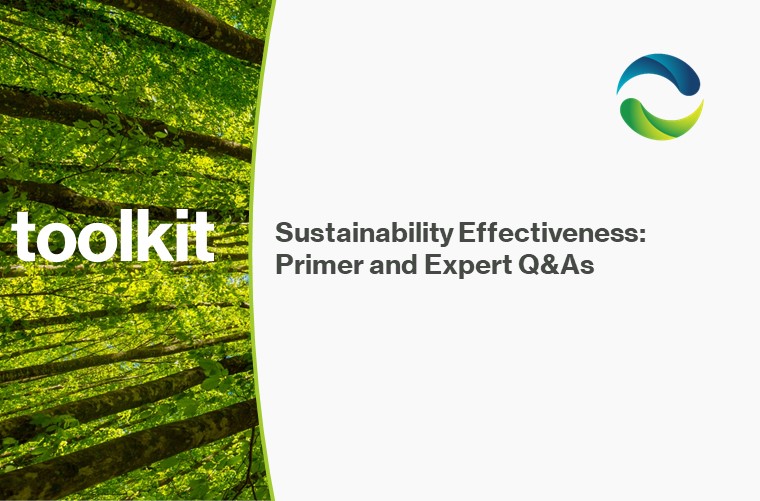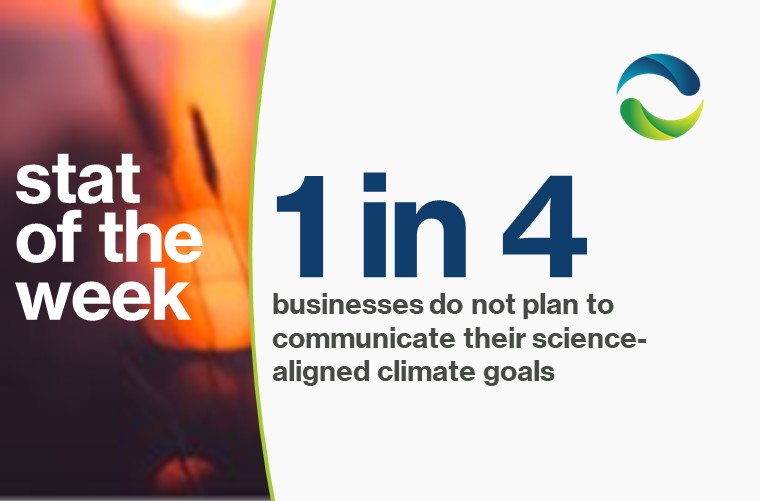Over US$12.8 billion of sovereign green bonds have been sold by EU issuers in the past two weeks, displaying a promising surge in the already thriving EU green bond marketsAustria’s issuance of its first green bond on Tuesday, representing US$4.3 billion of sovereign debt, was only the latest report of a green bond selling with a “greenium”—in this case, with a spread of 2.5 basis points over their conventional debt.
ESG and business newsfeeds have been flooded with reports on the so-called “greenium,” the higher price (and therefore lower yield) seen on a green debt instrument as compared to an otherwise identical non-green offering. We’re seeing surging demand for green bonds, confirming that investors are both willing and eager to pay marginal greeniums for sovereign, municipal, and corporate green-labeled debt. (For some of our takeaways on the what rising issuance means for companies, check out Jacqueline Kessler’s recent post on the growth in global green bonds.)
Growing greeniums, increasing volumes of ESG-labeled securities, and swelling demand for such offerings are all encouraging signs. But beyond influencing this year’s capital raise or investment strategy, what do these trends mean? How do green bonds fit into the larger puzzle that is the net-zero economy? We see three scenarios for how green bonds and green finance might evolve over time. It’s too soon to tell if all or none of these paths will become reality, but we at The Climate Board hope to see aspects of each take shape.
Scenario 1: The greenium persists, spurring higher levels of corporate climate action via new financing. As issuers continue to see high demand for green bonds compared to other debt, the supply of green bonds will continue to grow. The current spread between green and non-green offerings is small—usually ranging from just a few to around 11 basis points—but could grow large enough to incentivize more companies to engage in decarbonization projects.
Scenario 2: Climate risk and climate action criteria will have more influence on credit ratings, bringing larger spreads between more and less “green” securities. Rating agencies like Moody’s and Standard & Poor’s are already beginning to factor ESG criteria into ratings. We have yet to see exactly how much this integration will impact overall creditworthiness and ratings, but when less environmentally responsible firms start to see formerly top-rated securities slide from triple-A downward, issuers will be under greater pressure to respond with climate action.
Scenario 3: Climate and ESG factors don’t have to be integrated into investment decision-making—because they are reflected in core business criteria already. In the most dramatic evolution of the global economy toward prioritization of decarbonization and climate action, green bonds, ESG investing, and climate risk disclosure would lose relevance. Investors, consumers, regulators, and companies would not need distinct ESG data or ratings because companies that do not act to protect their supply chains, fortify their businesses against climate risk, and comply with climate regulations will face increased business disruptions, difficulty attracting top talent, and reduced revenue. Business outcomes will inherently reflect ESG performance.
One theme holds true through all of these scenarios— companies that take definitive action now will be rewarded. Through marginal but increasing greeniums, issuers who take advantage of the vast demand for green offerings will be ahead of the decarbonization curve as the market moves toward fuller ESG consideration. For those who want to lead the pack and reap the rewards, the time to act is now.
For those in search of a partner and resource for any part of the journey, The Climate Board is here. We can support your company on your climate action path. Reach out to us for more information.




